Home>Gardening & Outdoor>Landscaping Ideas>How To Get Paint Off Grass
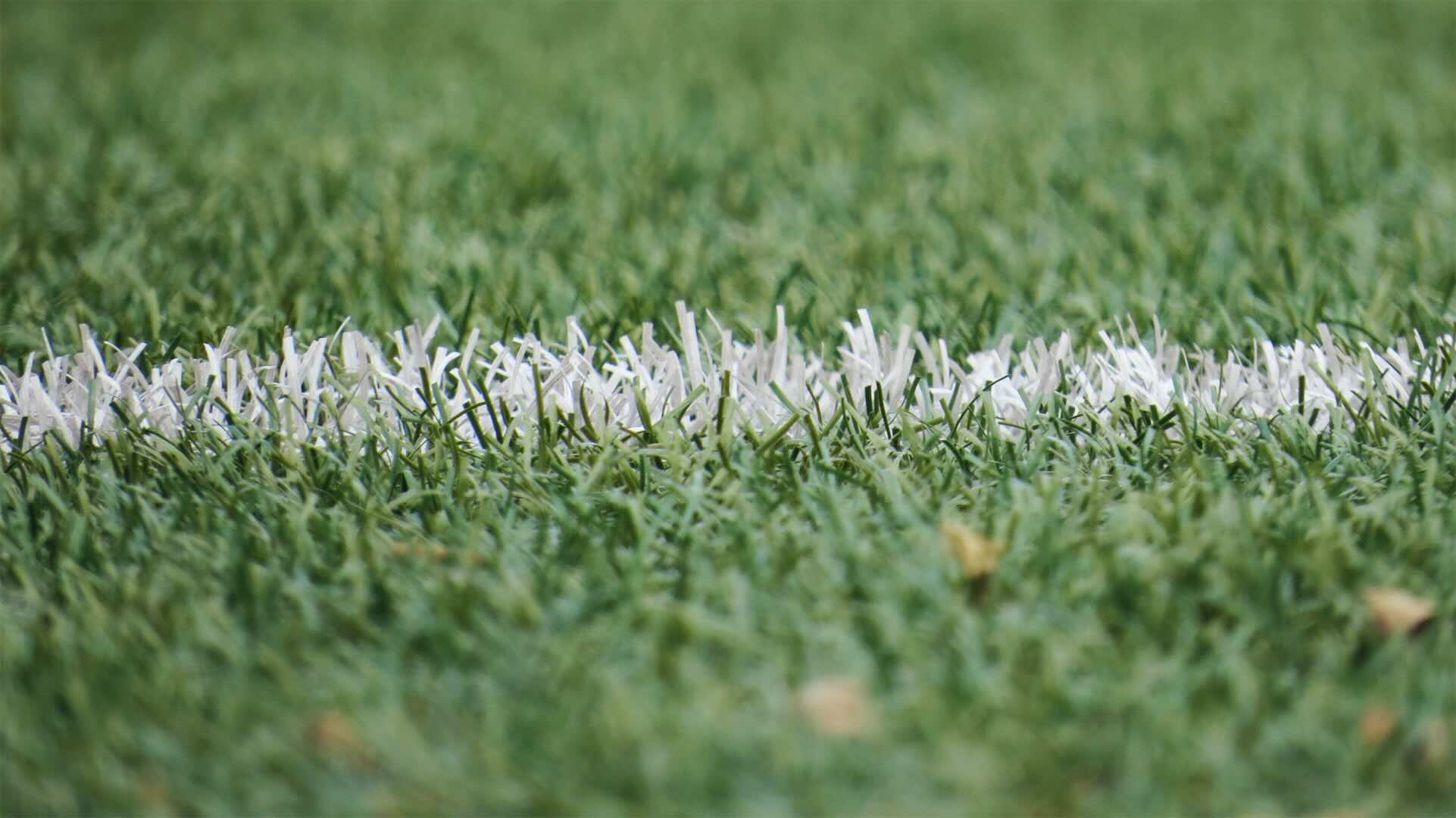

Landscaping Ideas
How To Get Paint Off Grass
Modified: August 30, 2024
Learn effective landscaping ideas to remove paint from grass and restore your lawn to its natural beauty. Discover expert tips and techniques for a pristine outdoor space.
(Many of the links in this article redirect to a specific reviewed product. Your purchase of these products through affiliate links helps to generate commission for Storables.com, at no extra cost. Learn more)
Introduction
Accidental spills and splatters can leave unsightly paint marks on your luscious green lawn, disrupting its natural beauty. Whether it’s water-based or oil-based paint, the vivid hues can be a jarring sight amidst the verdant backdrop of your garden. However, with the right techniques and a touch of patience, you can restore your grass to its former glory.
In this comprehensive guide, we will explore effective methods to remove paint from grass, ensuring minimal damage to the surrounding flora. By understanding the type of paint and implementing timely solutions, you can mitigate the impact and revive your lawn’s lush appearance. Let’s delve into the nuances of paint removal and discover the best strategies to reclaim the pristine allure of your grass.
Key Takeaways:
- Swift action is crucial when paint spills on grass. Blot, scrape, and rinse the area immediately to minimize damage and create a clean canvas for removal techniques.
- Household items like vinegar and dish soap can effectively remove paint from grass. These gentle remedies are eco-friendly and safe for your lawn’s health.
Read more: How To Get Paint Off Trex Decking
Understanding the Paint Type
Before embarking on the paint removal process, it’s crucial to discern the type of paint that has tainted your grass. Water-based paints, commonly used for outdoor projects, are relatively easier to remove compared to their oil-based counterparts. Water-based paints, also known as latex paints, are formulated with water-soluble pigments, making them more receptive to removal through gentle washing and scrubbing.
On the other hand, oil-based paints, renowned for their durability and weather resistance, pose a greater challenge when they adhere to grass blades. Their composition, featuring natural or synthetic oils as the base, demands a more meticulous approach to ensure effective removal without causing harm to the grass.
Identifying the paint type will guide your approach, allowing you to select the most suitable removal method and minimize the potential impact on the grass and soil. By recognizing the distinct characteristics of water-based and oil-based paints, you can tailor your removal strategy for optimal results.
Immediate Action
When paint accidentally finds its way onto your grass, swift action is imperative to prevent it from setting and causing lasting damage. If the spill or splatter is fresh, start by blotting the affected area with a clean cloth or paper towels. Gently dab at the paint to absorb as much of it as possible without spreading it further across the grass.
Next, carefully scrape off any excess paint using a plastic putty knife or a similar non-abrasive tool. It’s crucial to exercise caution during this step to avoid uprooting or damaging the grass. Work delicately, gradually lifting the paint without disturbing the soil beneath.
Once the visible paint has been removed, promptly hose down the area with a gentle stream of water. This will help dilute and disperse any remaining paint residue, preventing it from permeating deeper into the grass. Avoid using high-pressure sprays, as they can agitate the grass and exacerbate the spread of the paint.
By taking immediate action and employing these preliminary steps, you can mitigate the impact of the paint spill and create a conducive environment for subsequent removal techniques. Timely intervention is key to preserving the health and appearance of your grass, setting the stage for effective paint removal methods.
To remove paint from grass, use a mixture of dish soap and water to gently scrub the affected area. Avoid using harsh chemicals that could harm the grass.
Using Household Items
Household items often hold the key to resolving common predicaments, and the removal of paint from grass is no exception. If the paint has already dried, don’t fret; several readily available items can come to the rescue. One effective approach involves the use of white vinegar, a versatile household staple with potent cleaning properties.
To commence the process, generously saturate the painted area with white vinegar. Allow it to permeate the paint for several minutes, softening its adhesion to the grass. Following this, gently scrub the affected area with a soft-bristled brush or a sponge. The combination of vinegar’s acidity and the mechanical action of scrubbing can effectively lift the paint from the grass blades.
If the paint persists, consider employing a mixture of dish soap and warm water. Create a soapy solution and liberally apply it to the affected area. Let the solution sit for a brief period to loosen the paint’s grip on the grass. Subsequently, gently scrub the area once more, coaxing the paint to release its hold and facilitating its removal.
In cases where the paint proves stubborn, a handheld steamer can be a valuable ally. The gentle application of steam can help soften the paint, making it more amenable to removal. Exercise caution and refrain from directing the steam directly at the grass for an extended duration to prevent unintended damage.
These household remedies offer a gentle yet effective approach to removing paint from grass, leveraging the natural cleaning properties of common items found in most homes. By harnessing the power of white vinegar, dish soap, and steam, you can restore your grass to its pristine state without resorting to harsh chemicals or abrasive techniques.
Commercial Paint Removers
When household remedies fall short in the battle against stubborn paint stains on grass, turning to commercial paint removers can provide a more potent solution. However, it’s essential to select products that are safe for use on grass and compatible with the surrounding environment. Opt for eco-friendly paint removers that prioritize the well-being of your lawn and minimize ecological impact.
Before applying any commercial paint remover, carefully read the product’s instructions and heed any precautionary measures. Additionally, conduct a patch test in a discreet area to assess the product’s compatibility and its potential impact on the grass. Once you’ve established the product’s suitability, proceed with the following steps.
Begin by generously applying the paint remover to the affected area, ensuring thorough coverage of the paint-stained grass. Allow the remover to permeate the paint, gradually loosening its grip. Depending on the product, the duration for which it needs to remain on the grass may vary, so adhere to the specified guidelines.
Following the allotted time, employ a soft-bristled brush or a sponge to gently agitate the paint remover and the softened paint. Employing light, circular motions, coax the paint to release its hold on the grass. Exercise patience and refrain from applying excessive force, as this may inadvertently damage the grass.
After effectively loosening the paint, rinse the treated area with water to eliminate any residual paint remover and dissolved paint. It’s crucial to thoroughly cleanse the grass to prevent any lingering chemicals from adversely affecting its health.
By selecting a suitable commercial paint remover and meticulously following the prescribed application and removal process, you can effectively combat persistent paint stains without compromising the well-being of your grass. These products offer a targeted and potent solution, enabling you to restore your lawn’s natural splendor.
Read more: How To Get Paint Off Of Paint Brushes
Restoring the Grass
Once the paint has been successfully removed from your grass, it’s time to focus on revitalizing the affected area and promoting its recovery. Despite the resilience of grass, the paint removal process, particularly if it involved scrubbing or the application of cleaning agents, may have left the grass in need of some tender care.
Commence the restoration process by gently watering the treated area to alleviate any residual stress and promote hydration. Adequate moisture is essential for the grass to recuperate and regain its vigor. However, exercise caution to avoid overwatering, as excessive moisture can impede recovery and create a conducive environment for fungal growth.
Following hydration, consider applying a layer of organic compost or specialized grass-revitalizing products to nourish the soil and provide the grass with essential nutrients. This step can bolster the grass’s recovery and stimulate new growth, hastening the restoration process.
If the grass exhibits signs of distress, such as discoloration or wilting, consider gently aerating the soil to enhance its oxygenation and facilitate nutrient absorption. This can invigorate the grassroots and contribute to the overall rejuvenation of the affected area.
Throughout the restoration phase, monitor the treated area closely, observing the grass’s progress and making adjustments as necessary. Patience is paramount, as the full restoration of the grass may take time, particularly if the paint spill had a pronounced impact on its health.
By providing attentive care and nurturing the grass back to its optimal state, you can ensure that the affected area seamlessly integrates with the rest of your lawn, reclaiming its lush and vibrant appearance. The restoration process not only promotes the grass’s recovery but also safeguards the overall aesthetic appeal of your outdoor space.
Now that you've mastered getting paint off your grass, why stop there? Dive into our next guide on maintaining a spotless home environment, starting with one of the most used appliances. Our latest article offers practical cleaning tips to tackle every nook and cranny of your refrigerator, ensuring it shines both inside and out. Whether you're dealing with spills or just routine maintenance, these strategies will keep your fridge fresh and functional. Don't miss out on transforming another crucial part of your home!
Frequently Asked Questions about How To Get Paint Off Grass
Was this page helpful?
At Storables.com, we guarantee accurate and reliable information. Our content, validated by Expert Board Contributors, is crafted following stringent Editorial Policies. We're committed to providing you with well-researched, expert-backed insights for all your informational needs.
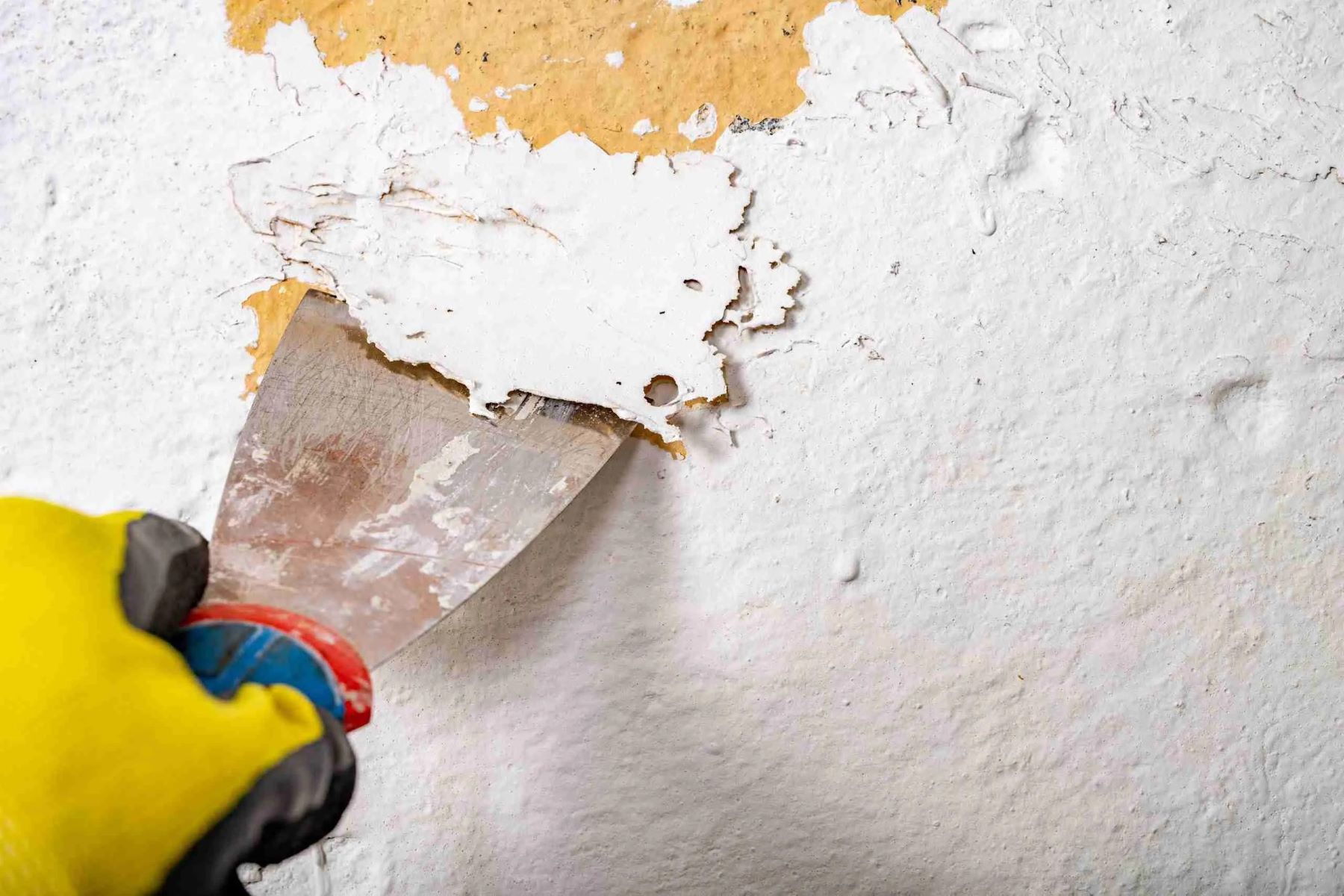
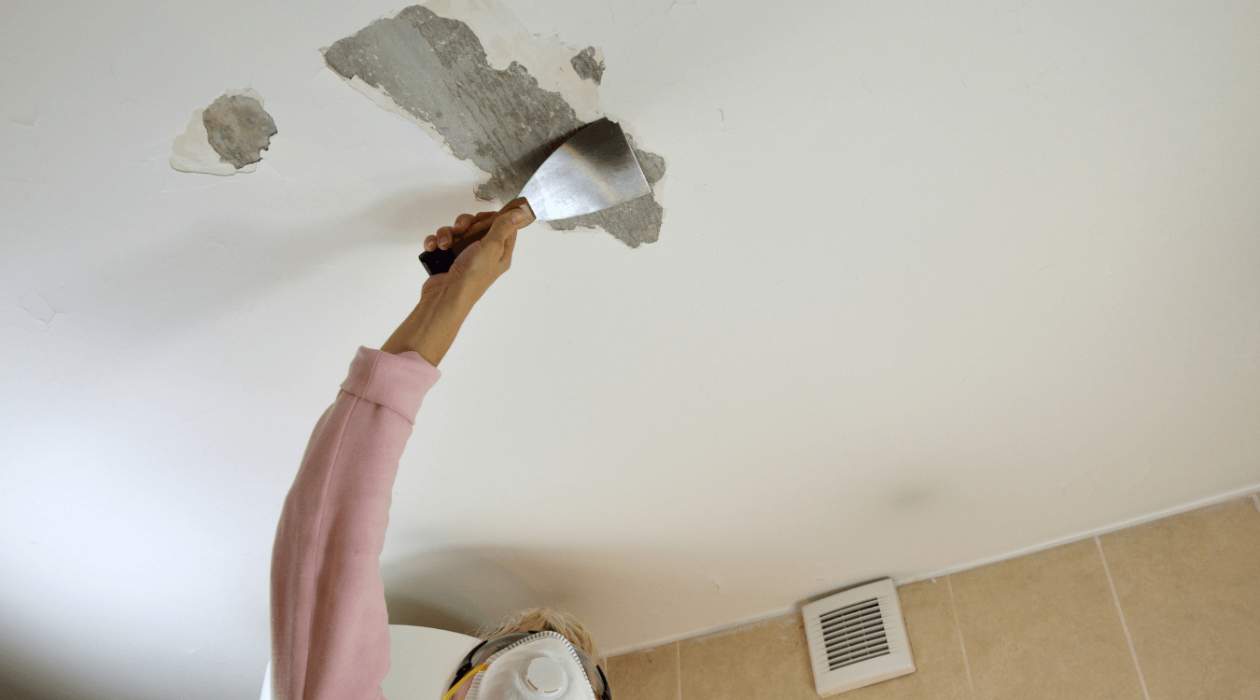

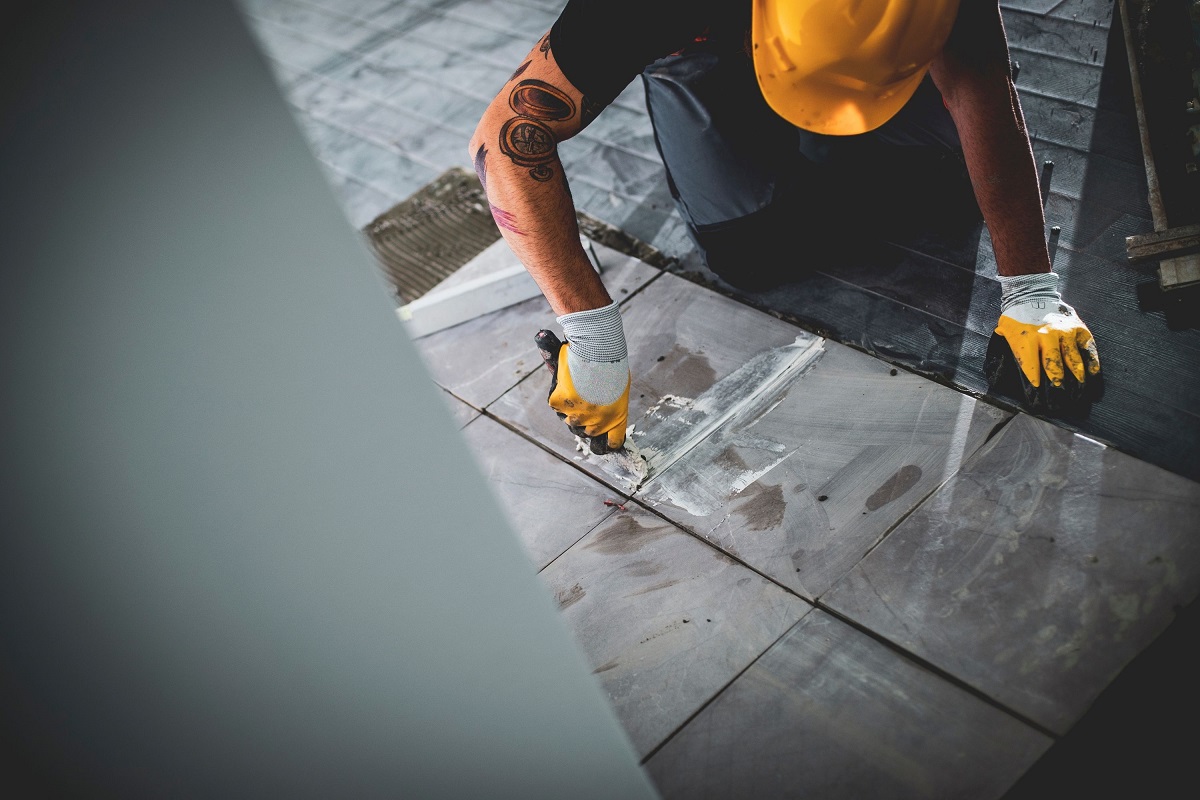
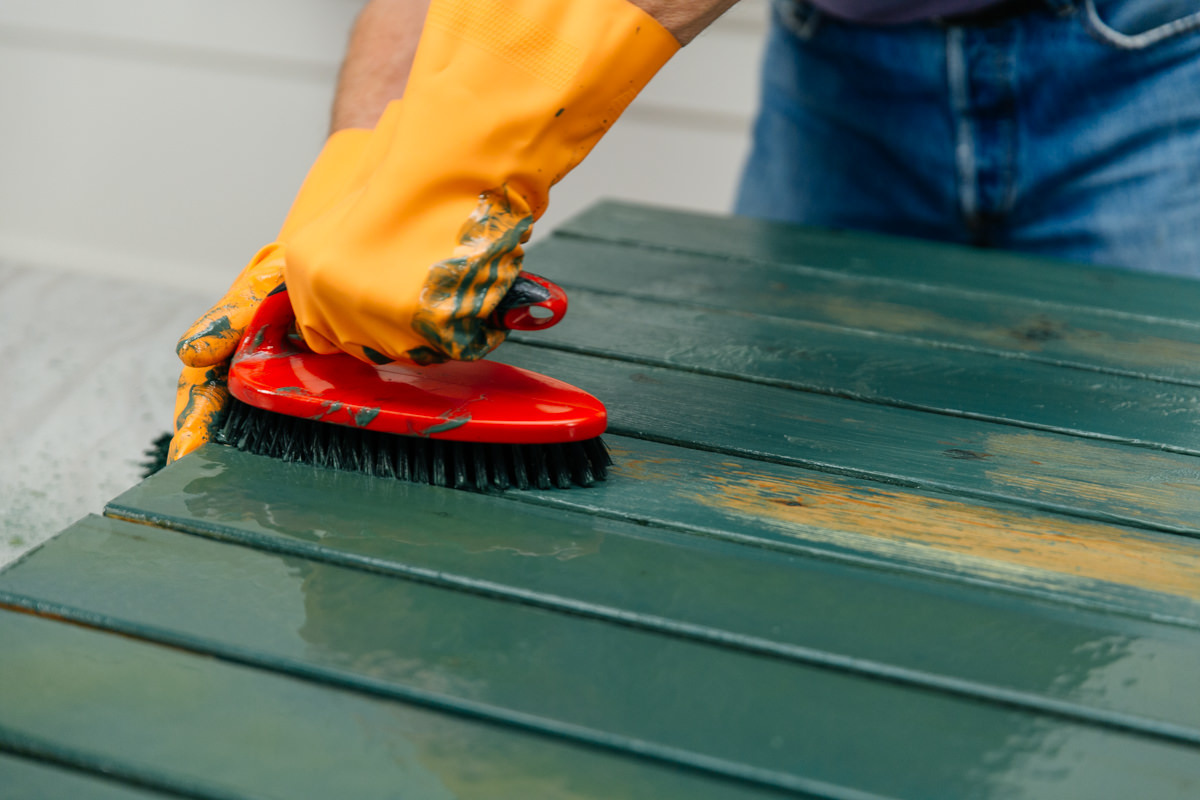
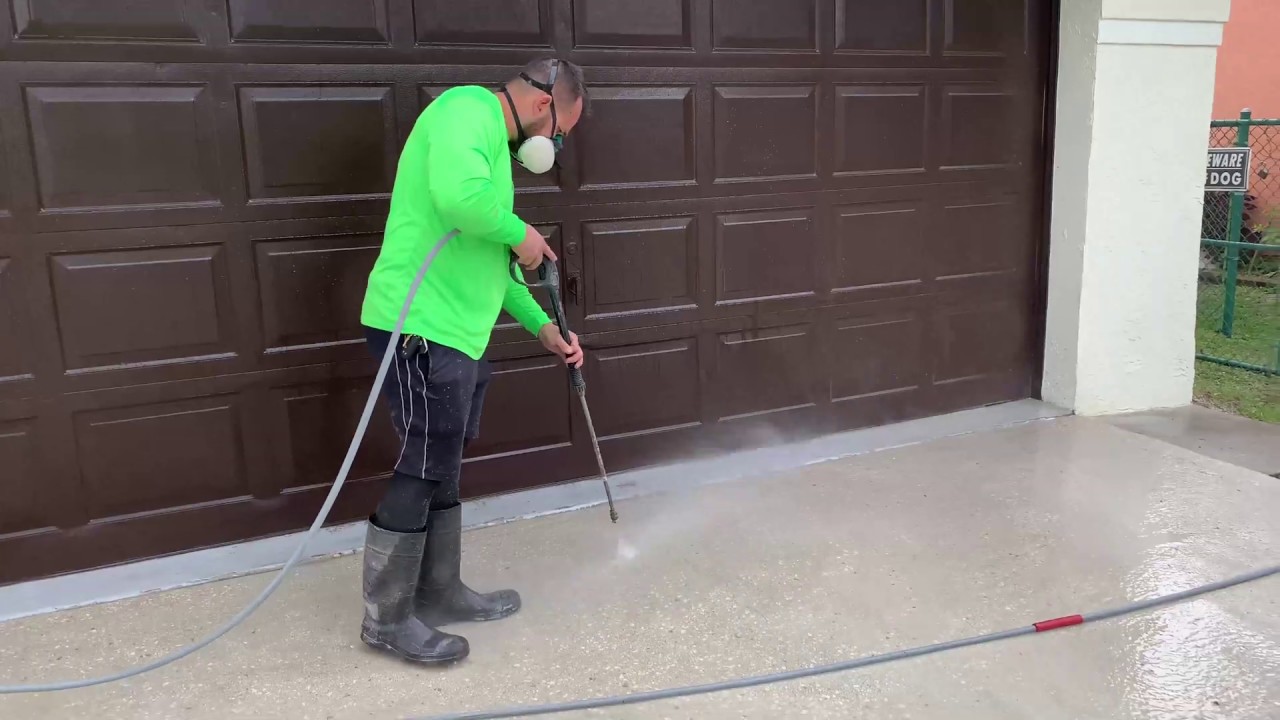
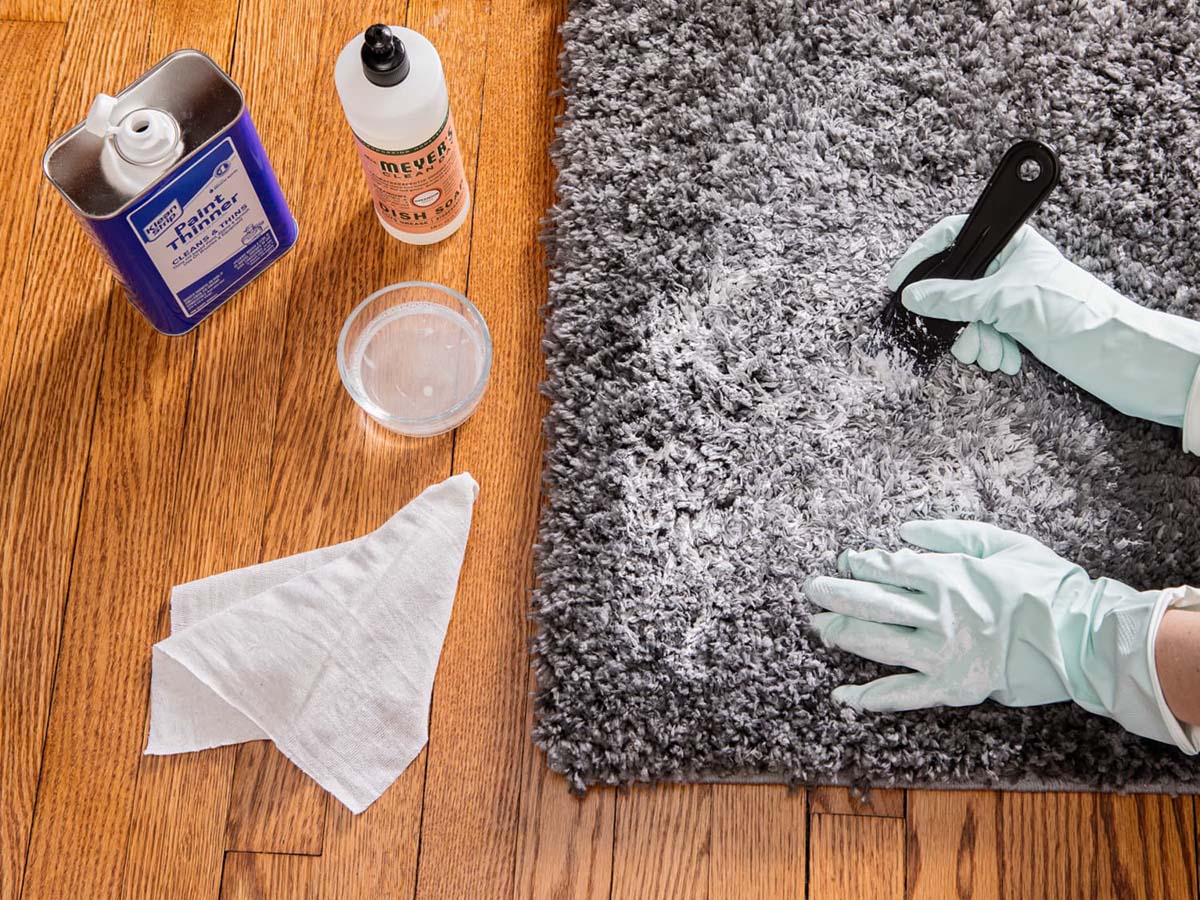
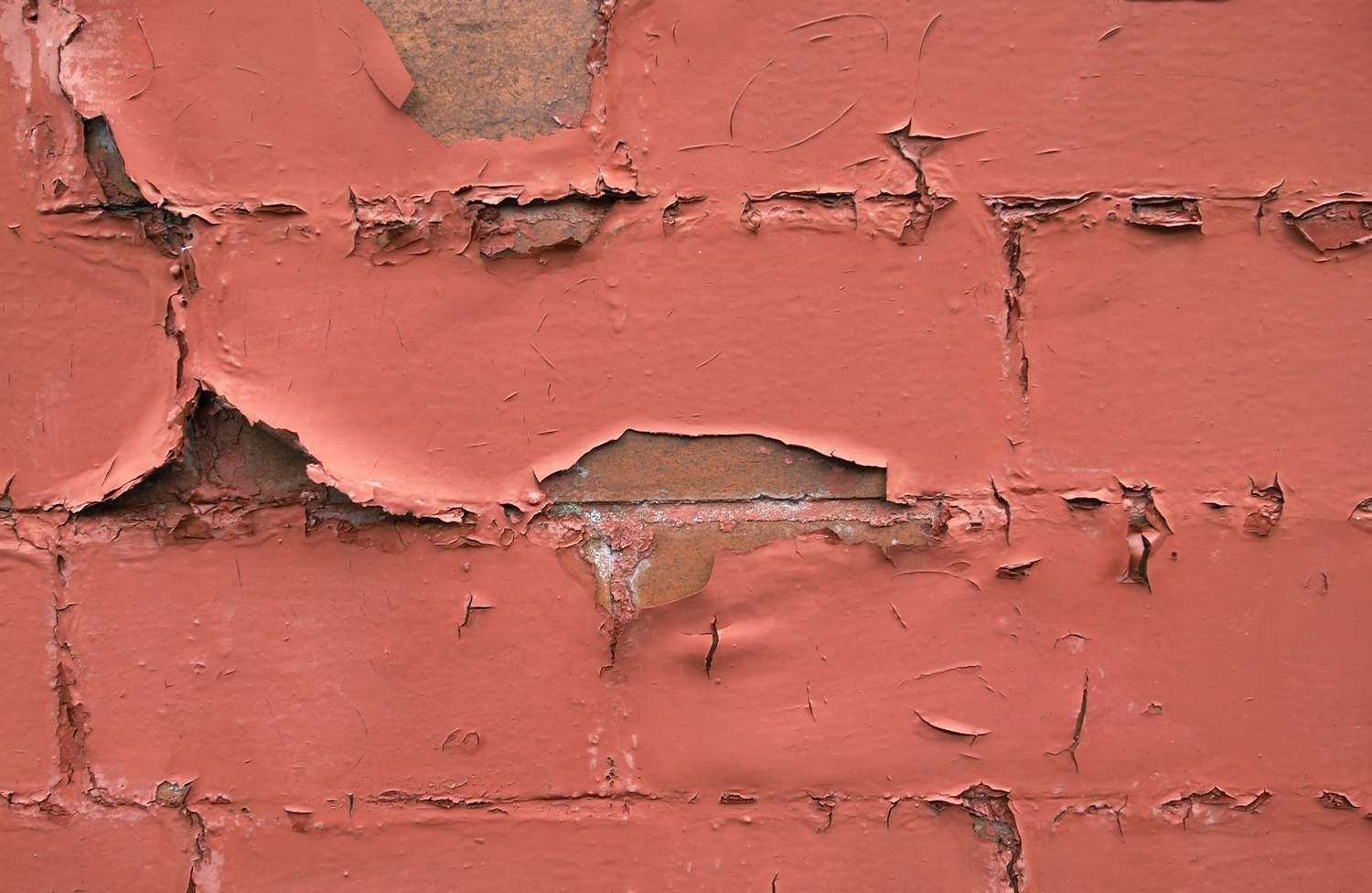

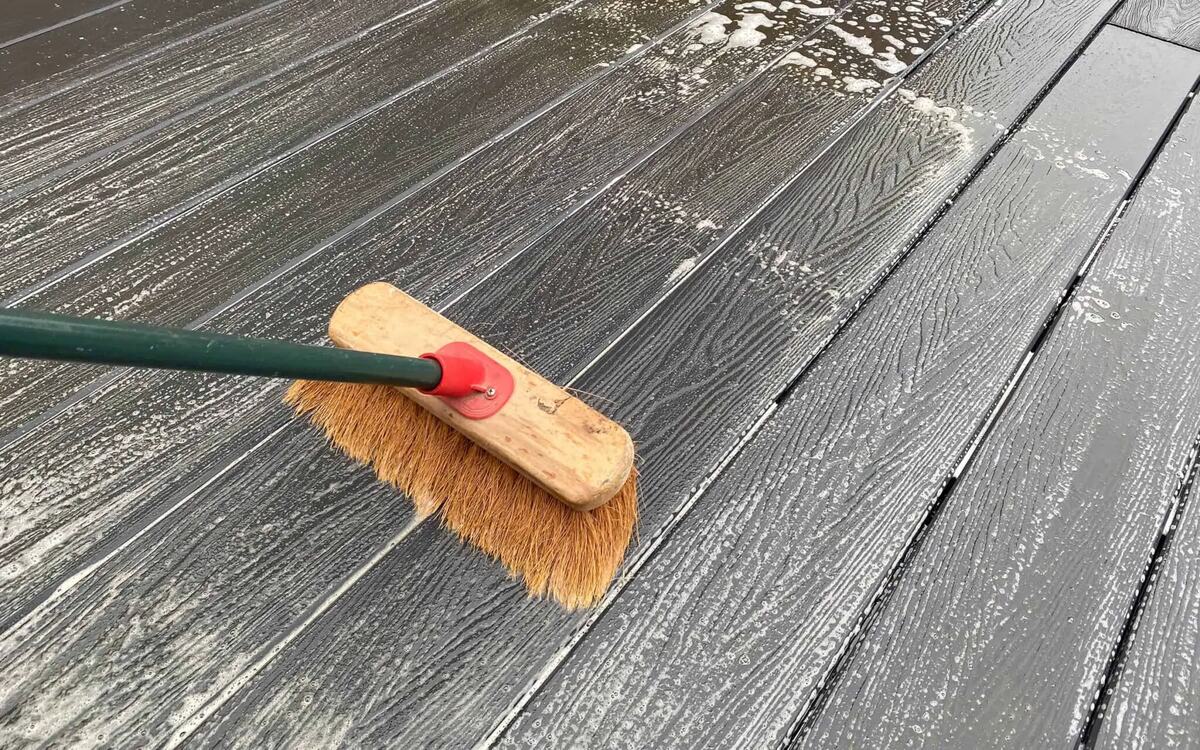
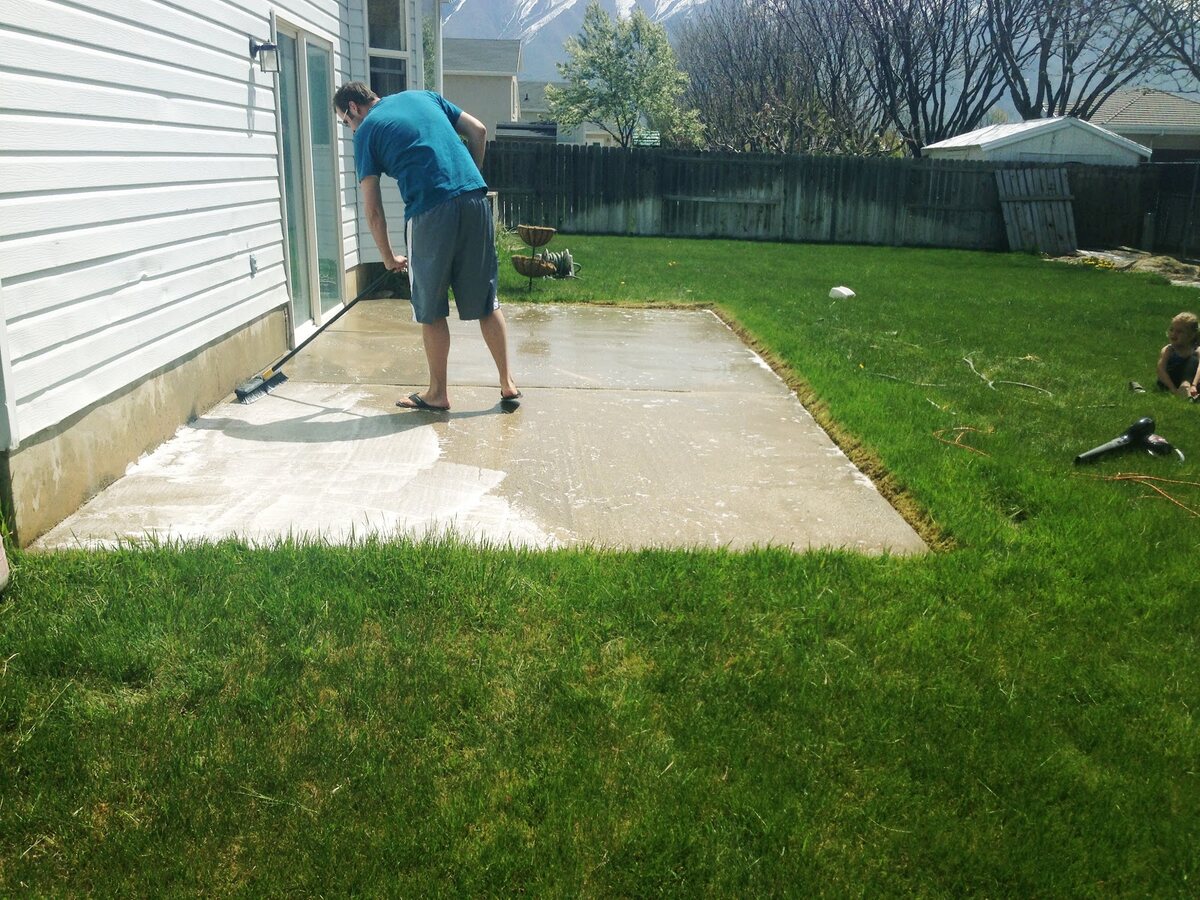
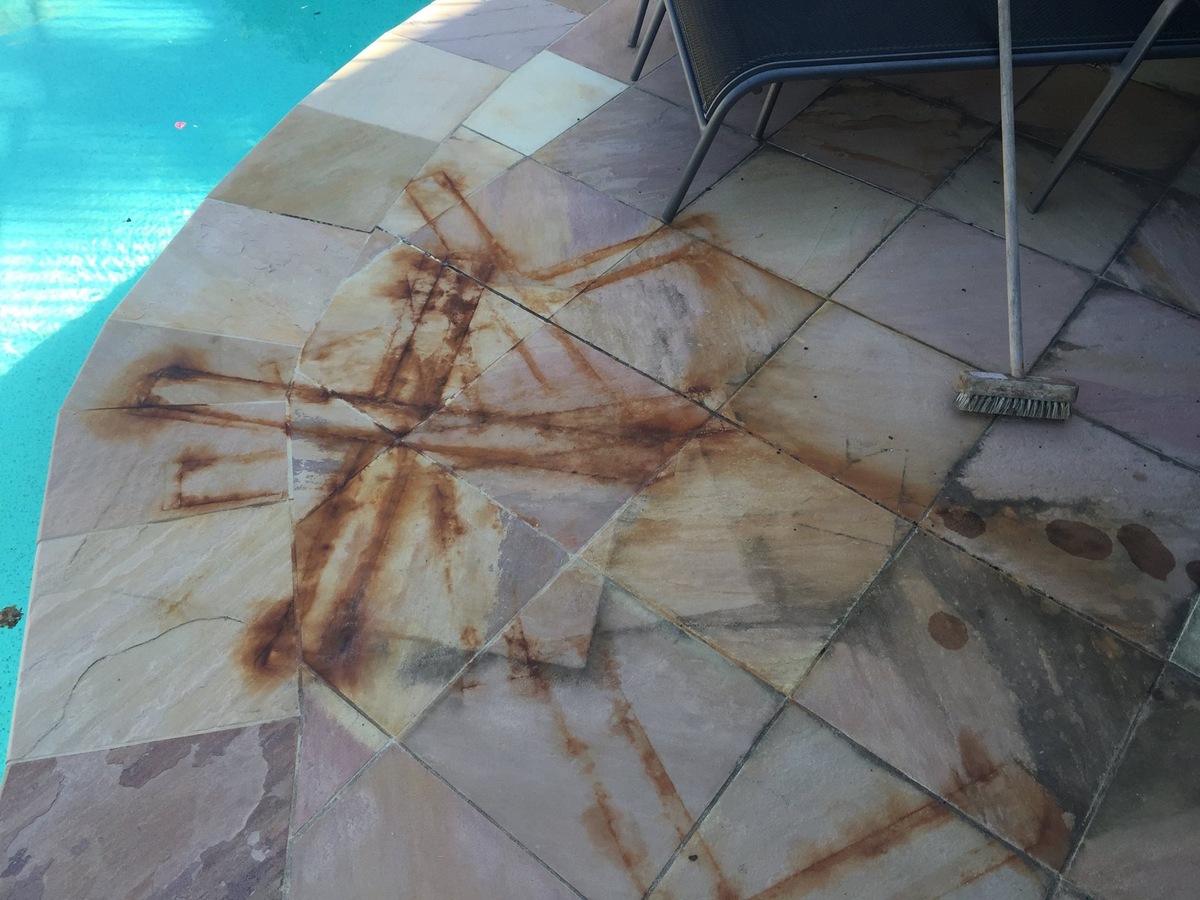
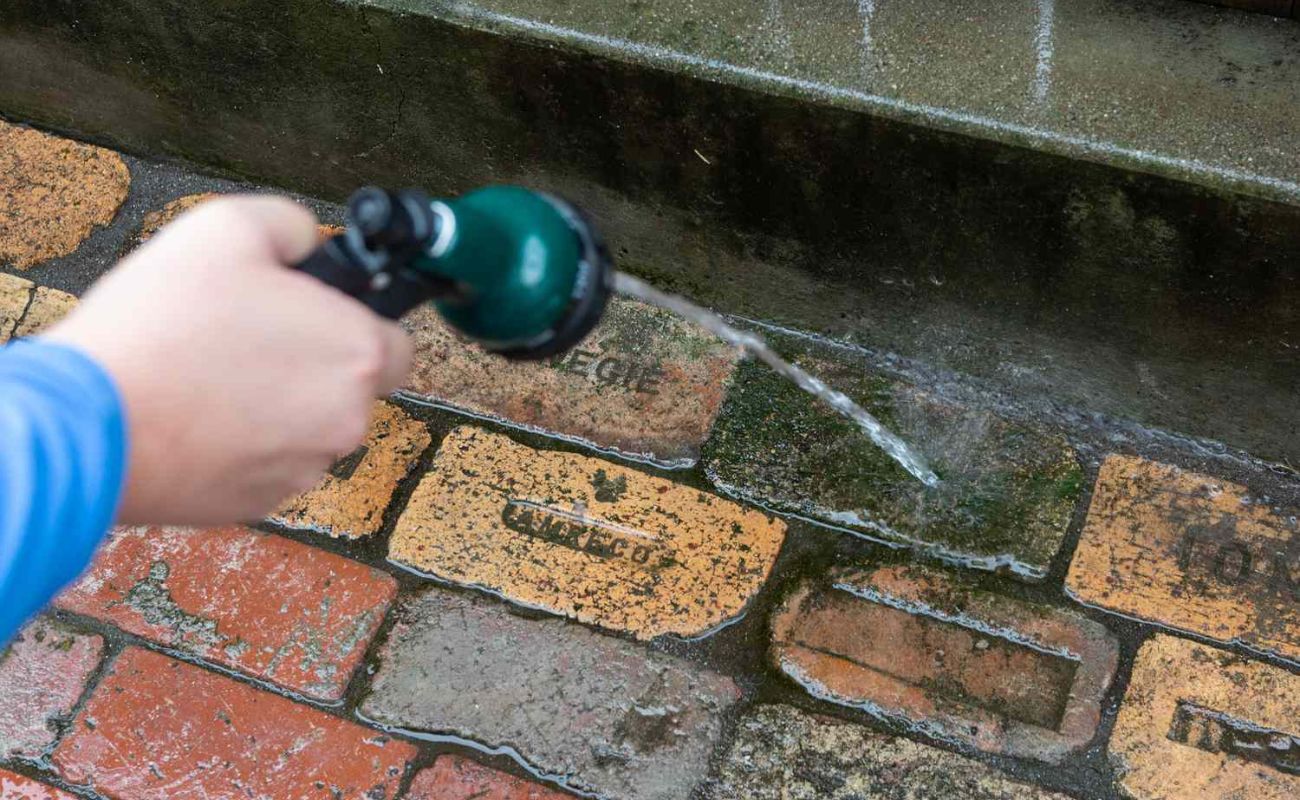
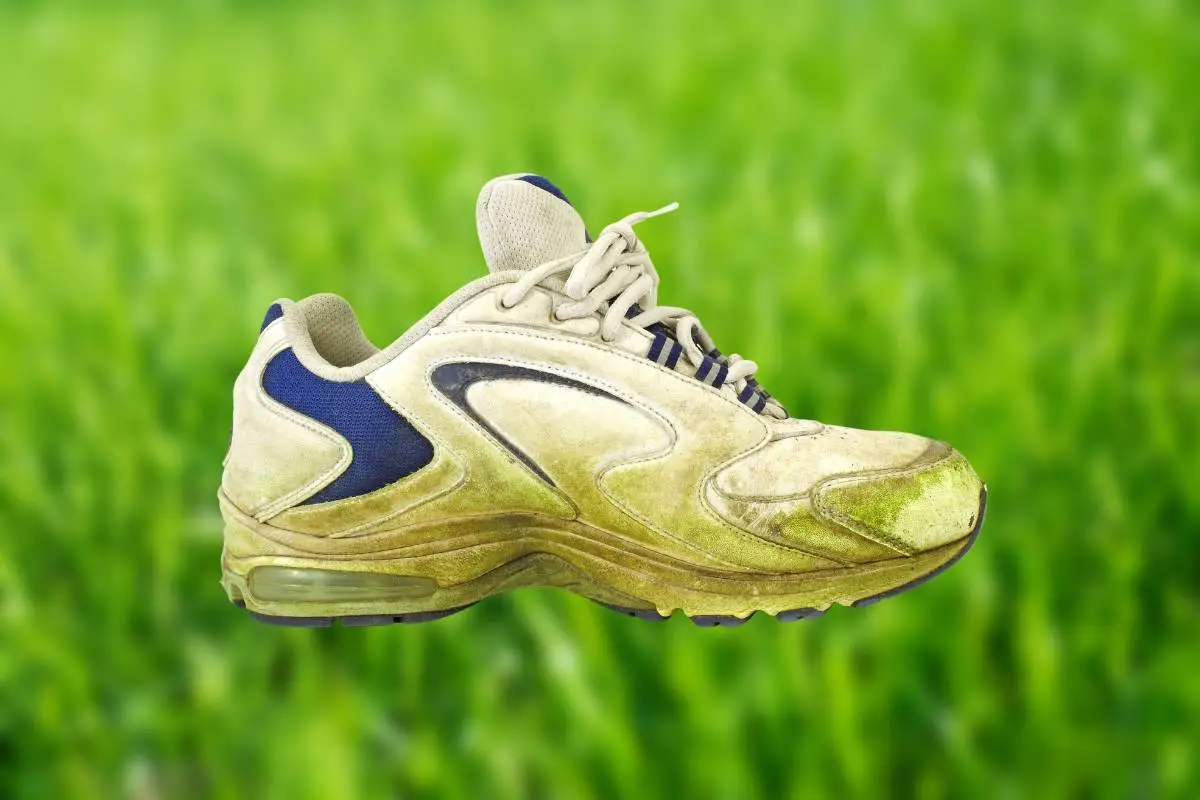

0 thoughts on “How To Get Paint Off Grass”